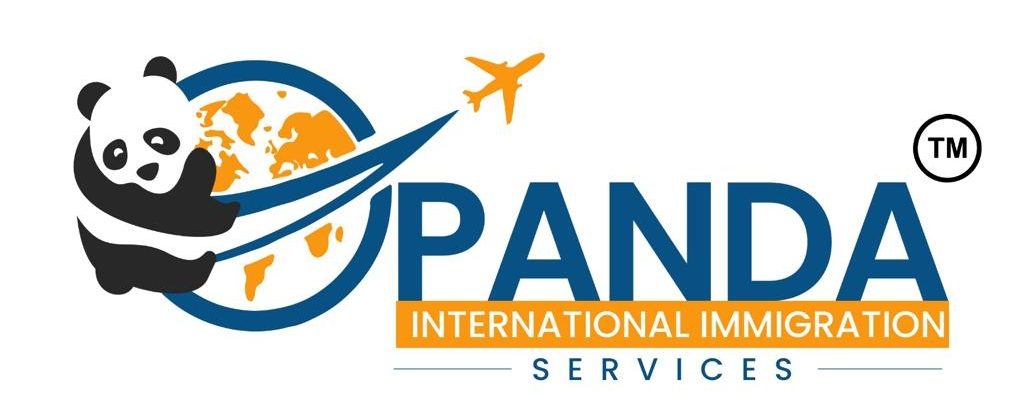From 2025, international study permits will be slashed to 437,000 in 2025.
And despite weakening diplomatic relations between India and Canada, Indian students remained the largest cohort of international students in the North American country in H1 2024.
In the same period, over 55,525 post-secondary study permits were approved for Indian students, who accounted for nearly 50% of all incoming international students in Canada.
But with study permits being reduced by 10% in 2025, caps reaching master’s and doctoral students, and postgraduate work permits being aligned with immigration goals and labour needs, Indian students are already abandoning the Canadian dream.
“Students are likely to consider alternatives such as Germany, which saw a 13% increase in Indian enrollments from 2021 to 2023; France, with a 5.98% rise; and Spain, which experienced a notable 28.36% growth during the same period,” said Saurabh Arora, founder and CEO, University Living.
According to Abhijit Zaveri, founder and director, Career Mosaic, alternative European and Asian countries are also in the mix as prospective study destinations among Indian students.
“European destinations like Germany and Ireland, along with Asian and Middle Eastern countries such as Singapore and the UAE, which offer welcoming visa policies and attractive post-study work options, may also benefit from this shift,” said Zaveri.
“Canada’s policy, while aimed at addressing infrastructure and resource challenges, could inadvertently impact its position as a key study destination.”
Growing scholarship and research opportunities are driving students from India to Europe amid increasing policy changes in the ‘big four’, as previously reported by The PIE News.
Akshay Chaturvedi, founder and CEO, Leverage Edu, lambasted the policy changes in Canada as an affront to “model immigrants”, especially those from India, who contribute to the Canadian economy.
“Don’t you need the model-citizen immigrants who’d only help you diversify the economy, vastly add to GDP output?” said a tweet by Chaturvedi on X, formerly known as Twitter.
According to Chaturvedi, there has been a huge decline in student queries regarding Canada across different markets since the country first announced study permit caps in January 2024 among other changes.
“Just this year, all this noise has resulted into over 40% decline in Canada higher education queries across our markets,” Chaturvedi told The PIE.
“International students from India, and the rest of Asia, Africa, are a different set today, have more options than before, set the bar high but then welcome them with big hearts.”
Amid concerns over falling interest in Canada, its immediate neighbour could gain more favour among outbound students.
With the US remaining a ‘preferred’ study destination among Indian students coupled with a year-on-year increase in study visa approvals, stakeholders are optimistic about the country’s potential.
“In contrast, the US, with its favourable policies, increased staffing at embassies, and more consulates in India, is likely to attract a larger share of the millions of students studying abroad, potentially increasing its market share significantly,” said Zaveri.
It’s not entirely a gloomy forecast for the Indian market, according to some stakeholders who believe there’s a silver lining for students.
According to Sachin Jain, country manager, ETS India and South Asia, more reductions in caps have an intended purpose which will benefit them.
“This policy will also reward students with strong academic records and excellent language proficiency scores, both of which are directly linked to success at Canadian institutions, which remain the gold standard in international education,” said Jain.
Moreover, avenues like Canada’s Student Direct Stream could help with faster visa processing, thus enabling Indian students to tackle challenges regarding study permit caps.
“Canada has a unique study visa route for international students, called Student Direct Stream. This allows students from 14 eligible countries including India to benefit from faster visa processing, with a target of 20 days, with a much higher visa success rate,” added Jain.
Vandana Mahajan, founder and director, Futures Abroad, suggests that although the limits could lead to a drop in student numbers from India, those with strong credentias don’t have to worry.
“The recent changes aim to attract genuine students to Canada who are focused purely on education,” said Mahajan.
“While this will result in some attrition, Indian students with strong academic records [who are] targeting accredited Canadian institutions will still have good chances of obtaining visas.”
“Students will need to be more strategic in their applications, focusing on stronger academic credentials, extracurricular activities, and research proposals to improve their chances of securing a permit,” stated Jyotee Naair, founder, CareerVversity.
The post Canada caps could be “final nail in the coffin” for Indian students appeared first on The PIE News.

